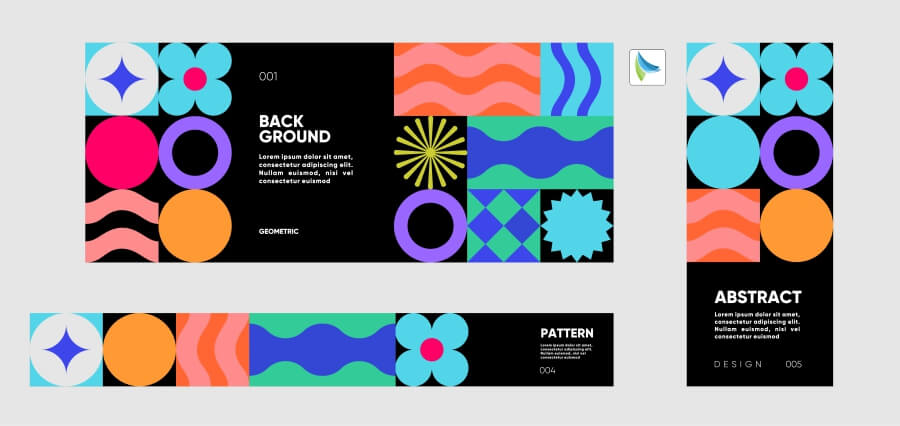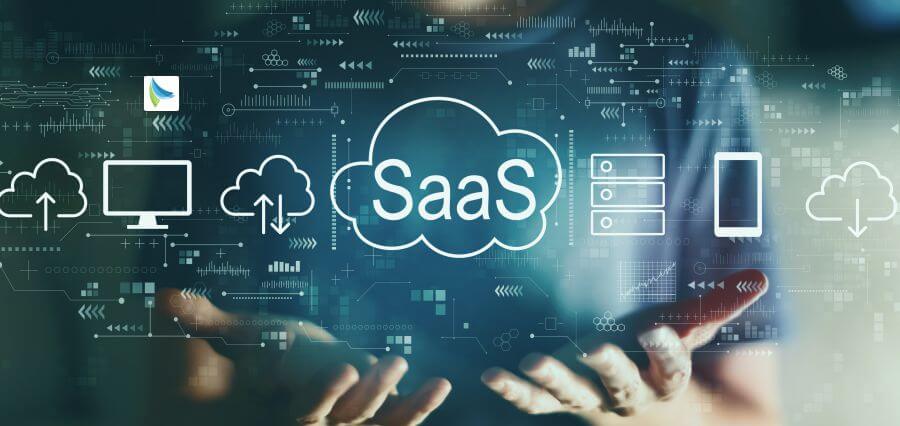The past decade has witnessed a paradigm shift in the software industry. The old upfront model of software licensing has made way for a leaner, more scalable, and customer-centric model: subscription economics driven by SaaS. It’s actually not a change in a revenue mechanism—it is an inside-out reengineering of how businesses drive value, scale, and engage with customers.
The SaaS subscription frenzy has redefined success in the digital age, taking normal recurring revenue models and turning them into the new gold standard for business performance. The numbers belie the model behind it that has strategic advantages that are fueling innovation, cultivating customer relationships, and reshaping the competitive market across sectors.
Predictability as a Competitive Advantage
Its most appealing advantage may be revenue predictability. Traditional software sales were transactional and lumpy, with long buying cycles and holiday spiking. SaaS flips it on its head. With recurring billing—monthly, quarterly, or annually—businesses can view future cash flow, allowing them to better forecast, strategically plan to reinvest, and operate more smoothly.
This recurring revenue stream is especially valuable in times of turbulent markets. Stakeholders and investors continue to want to see companies that are able to report ARR (Annual Recurring Revenue) and MRR (Monthly Recurring Revenue) growth over isolated sales spikes. These two have been concrete metrics for measuring tailwinds in the market, stickiness of customers, and product-market fit.
More than anything, the subscription model aligns vendor incentives with customer success. Because retention and renewals generate revenue, companies are incented to deliver repeated value, not a fantastic sales pitch.
From Transactions to Relationships
The subscription economy is founded on long, and not short-term, success. With SaaS, real revenues follow the initial sale. This puts most emphasis on customer experience, onboarding, support, and product development. Successful SaaS organizations put significant investments in customer success teams, feedback loops, and usage analytics to ensure that customers keep deriving value from their service.
This customer-led approach turns the traditional model of growth on its head. Rather than relying on new acquisitions, SaaS companies turn to net revenue retention (NRR)—a measure of how much their existing customers grow through upsells, expansions, or renewals. It is more sustainable and scalable to grow and typically much cheaper than acquiring new users.
In fact, every connection has become part of the customer experience. Marketing never actually ends at the point of purchase—it carries over in the ways of education, community establishment, and repeated touch points that help create greater trust and loyalty.
The Power of Agility and Scale
Subscription-based SaaS business models also facilitate quick time-to-market and continuous innovation. Immediate update, feature release, and performance tuning are facilitated by cloud-delivery without the latency of physical delivery or versioning. This responsiveness is especially critical in a world where user expectations shift quickly and competition innovates at speed.
Also, SaaS solutions scale effortlessly. Startups and organizations alike get elastic infrastructure, usage-based pricing plans, and global reachability. Scalability is technical—but strategic too. SaaS businesses can segment customers, customize experiences, and optimize pricing models with real-time intelligence and machine learning.
It means enterprise-class, high-level capabilities for end-users without huge up-front investments or IT burden. It means reaching global markets with low vendor overhead.
Data: SaaS Growth’s New Currency
Recurring usage allows recurring insight. SaaS companies are best suited to capitalize on enormous levels of usage, performance, and behavior data, which drive everything from product innovation to customer engagement.
By observing what individuals actually do with features, which segments churn and which expand, and what pain points arise most frequently, product teams can effectively iterate. Messaging can be optimized for marketing and sales, and customer success can intervene before it happens to prevent churn.
This data-based feedback loop causes SaaS models not only to be response-driven but also cleverly ahead of the game. With time, companies end up with an excellent understanding of what retains customers, price better, and where innovation efforts must head.
Challenges Behind the Boom
Despite its profitability, the SaaS subscription model has its disadvantages. Customer acquisition costs (CAC) remain high, with the payback period lengthy, especially for enterprise solutions. Startups must be well-capitalized or resourcefully run to survive the negative cash flow stage.
Retention is also a hotbed. It is the era of subscription, and customer demand is stratospheric with competition at your fingertips. The leaders must be fixated on investing in product quality, customer service, and user experience—or get redundant.
And pricing strategy remains a subtle one. Are plans usage-based, tiered, per-seat, or value-based? Make the model wrong, and growth will be stalled or trust will be destroyed. Getting the scalability and simplicity balance correct is critical.
The Future of SaaS: More Than Personalization, AI, and More
In the future, the SaaS subscription boom is only just beginning—it’s changing. Personalization is the new frontier, with AI-driven suggestions, adaptive user interfaces, and behavior-based workflows redefining how people use software.
Artificial intelligence and machine learning are also enabling smarter automation, predictive support, and wiser analytics—creating more value for every dollar and creating more customer stickiness. Lying in the background, vertical SaaS products are on the rise, reaching niche industries like healthcare, construction, and legal technology, with domain-specific functionalities not found in horizontal platforms.
With SaaS maturity, businesses that attain technical proficiency coupled with impassioned customer fervor, agile business models, and prudent stewardship of information will flourish.
Conclusion: Subscription, Not Superficial
The SaaS subscription phenomenon is not merely an innovation—it’s a strategic wave that aligns success with value to the customer. It brings predictability in an uncertain time, fosters relationships instead of transactions, and provides access to continuous innovation.
But the real power of the model is not price, but promise: to deliver value, repeatedly. The companies that promise—and keep—naturally, in repeat, and in good sense are not just riding the SaaS wave. They’re rewriting the business future itself.












